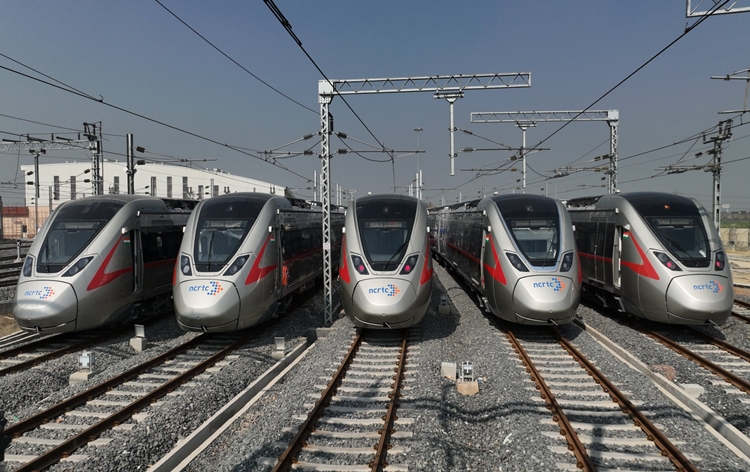India, as the world’s third-largest automobile market, is at the forefront of a substantial transformation in urban transportation. This evolution is crucial for addressing the challenges of urbanization while embracing sustainable and efficient transport solutions.
Urban transportation refers to the diverse modes of movement within cities, each playing a pivotal role in our daily lives. Public transportation, including buses, metros, trams, and trains, serves as a vital lifeline, reducing the necessity for individual vehicle ownership. Private vehicles, such as cars, motorcycles, and bicycles, contribute to individual mobility, underscoring the importance of traffic management and adequate parking facilities. Walking and cycling paths promote healthy and sustainable travel, while shared services like ride-sharing and bike-sharing programs contribute to congestion alleviation. The physical infrastructure, comprising roads, bridges, tunnels, and transit stations, forms the backbone of urban transportation, complemented by technology like Intelligent Transportation Systems (ITS) and real-time information systems.
The growth of metro rail in India
The 16th Urban Mobility India (UMI) Conference cum Expo in 2023 showcased the remarkable growth of rail-based rapid transit systems in India. Union Housing and Urban Affairs Minister Hardeep Singh Puri, at the event, provided insights into the phenomenal expansion of the metro rail network. Over nine years, India’s operational metro lines surged from 248 km in 2014 to an impressive 905 km across 20 cities. Presently, India boasts the world’s third-largest metro network, with plans to surpass the USA’s operational length, securing the second position within the next 2 to 3 years.
Government Initiatives and Policies
The Indian government has spearheaded initiatives to shape the future of urban transportation. The Faster Adoption and Manufacturing of Hybrid and Electric Vehicles (FAME-I and FAME-II) schemes incentivize electric and hybrid vehicles, with a specific focus on electrifying public transportation, including buses. Launched on August 16, 2023, the PM-eBus Sewa scheme aims to revolutionize public transportation by deploying 10,000 electric buses in cities without existing bus services. This scheme, committed to sustainability, defines an e-bus as one powered exclusively by zero-emission electricity.
This ambitious initiative unfolds in two strategic segments. In 169 cities, a public-private partnership (PPP) model facilitates the deployment of 10,000 e-buses, fostering collaboration between the government and private entities. Simultaneously, 181 other cities undergo infrastructure upgrades under the green urban mobility initiatives, ensuring a holistic transformation of the urban transportation landscape.
Government Policies for Sustainable Urban Transportation
The National Urban Transport Policy (NUTP), launched in 2006, guides efforts to improve urban mobility and create livable cities. Emphasizing safe, affordable, quick, comfortable, reliable, and sustainable transportation, the policy prioritizes moving people over vehicles. The 2014 iteration encourages low-carbon urban transport growth, aiming to enhance mobility, accessibility, and sustainability.
Amendments in the Motor Vehicles Act address road safety and traffic management, aligning with the evolving urban transportation landscape. States have introduced Electric Vehicle (EV) policies, offering incentives for manufacturers and users to contribute to the broader goal of promoting sustainable transportation.
Challenges and Solutions
Urban transportation in India confronts challenges like congestion, pollution, safety concerns, last-mile connectivity, infrastructure needs, and public transport capacity limitations. Ongoing efforts aim to tackle these challenges through improved traffic management systems, alternative transportation modes, the adoption of electric vehicles, and the creation of pedestrian-friendly zones. The journey toward sustainable and efficient urban transportation in India is on a promising trajectory, balancing growth with environmental and social considerations.
– By Ranu Jain










